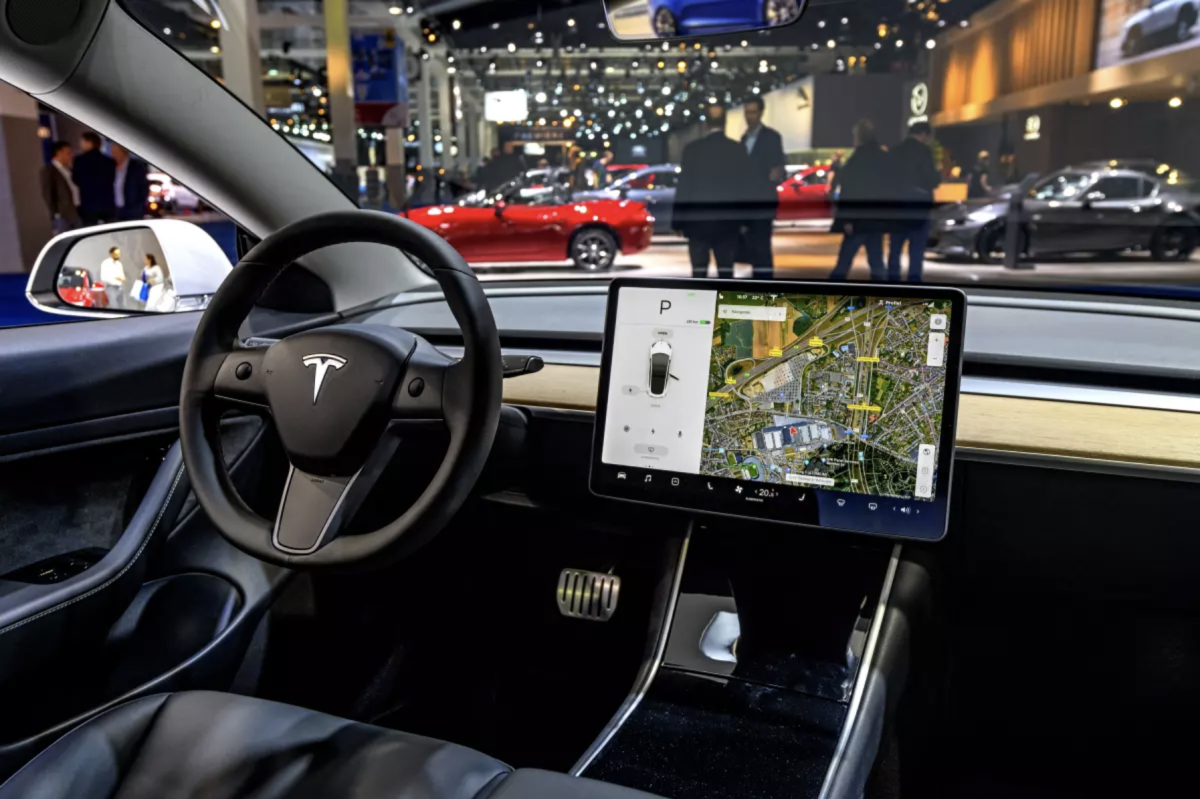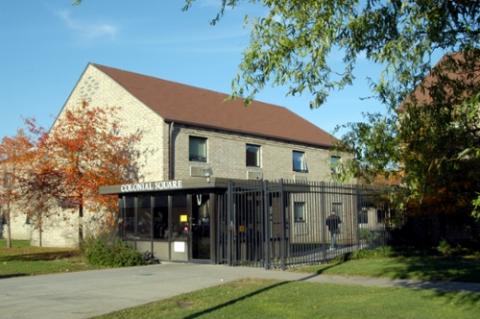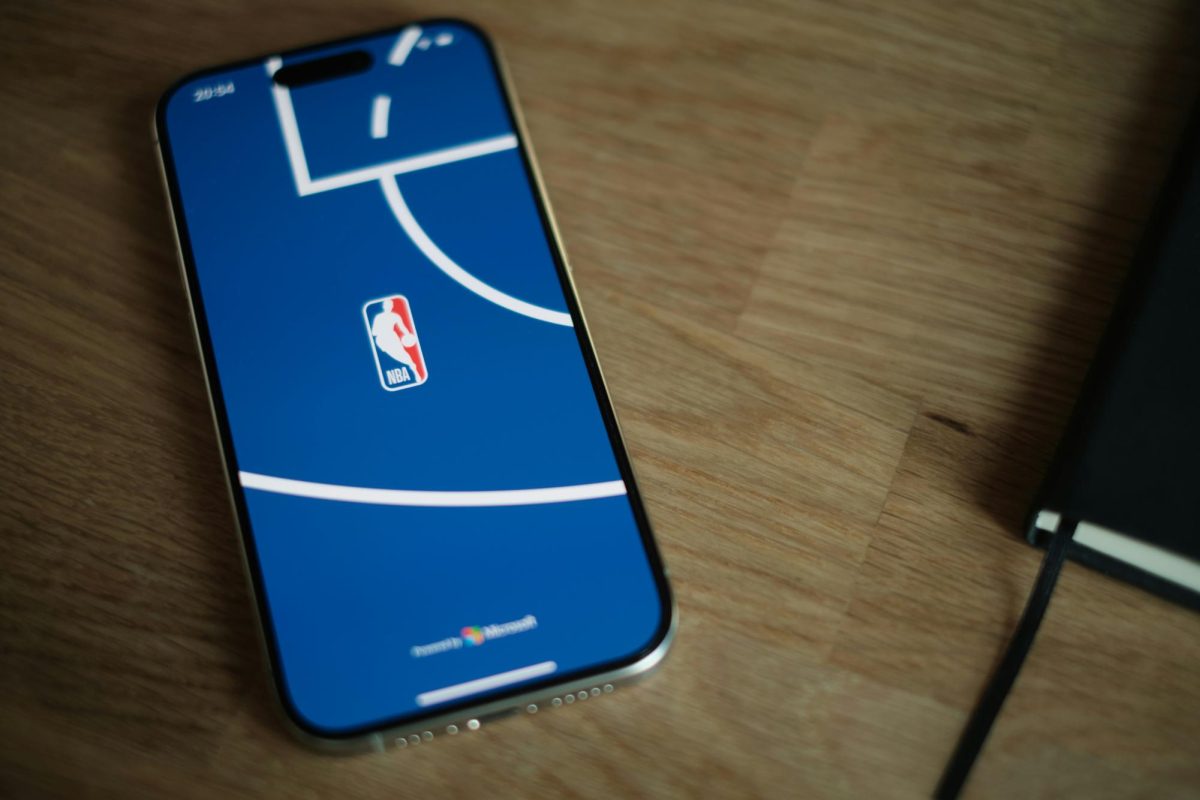Those of us who drive have all shared this experience: we’re in traffic, or on the highway, and some car next to us drifts out of their lane, or almost hits a car in front of them. It’s like they weren’t paying attention. But when I look over at the offending car, I don’t see people staring at their cell phones, I see them staring at the screen on their dashboard. It shouldn’t come as a surprise that digital dashboards, though potentially helpful, end up causing a lot of distractions on the road.
My car of choice is a 2015 Toyota Corolla LE, which is a car that has a screen in it. Now, this all may sound a bit hypocritical, but it was made when car screens were just being figured out and can only be used for Bluetooth and backup cameras. Everything else in my car is controlled via buttons and knobs. Not to mention, there’s a few buttons on the wheel for answering phone calls. So, I don’t have to take my attention away from the road when my phone rings. While the screens in newer cars can be seen as useful, when it comes to the balance between screen and buttons, new cars fall short.
Car screens certainly have some use, I rely on the backup camera when parallel parking or backing out of a tight space. However, there are only so many features that are worth turning attention away from the road for. My “ideal screen” in a car would do three things while I’m driving: Bluetooth, backup camera and GPS. I wouldn’t want temperature or fan controls on a touch screen like the BMW X5 and the Tesla Model Y have.
In a car with physical controls, you can memorize and feel around for buttons and knobs without looking away from the road, but a touch screen requires visual attention. To change fan speed or temperature, you have to look away from the road, find the correct menu and set it to your desired temperature or speed. Having to pay attention to the road while also using a screen creates a situation where drivers are more apt to make mistakes in their adjustments. To fix whatever mistake you made in the menus, you need to spend more time looking at a screen and not at the road.
This problem does not exist in a car with control knobs and buttons, where the different knobs will have different tactile feel. It’s easy to learn which knob does what with a simple touch, without taking your eyes off the road. If you turn the wrong knob, you’ll get a physical response and be able to make the correct adjustments without having to look away from the road.
Vi Bilägare, a Swedish car magazine, ran a test in Jan. 2023, comparing the time it took to do simple tasks in various cars, such as changing the fan speed and air conditioning.
Of the cars that competed, the winner was a 2005 Volvo v70, which completed the task in 10 seconds, while traveling 0.19 miles. The car that took the longest was an MG Marvel R (2021-2024), which took 44.9 seconds and drove 0.85 miles. The dashboard of the Volvo was made up entirely of buttons, while the MG had one big screen.
Screens in cars became more common because they were seen as a luxury feature, justifying a more expensive price. But in reality, it’s cheaper to make a screen with software that controls certain adjustments than it is to engineer and manufacture individual buttons and knobs. With everything controlled by a screen, once costly manufacturing errors become simple software updates.
The rise of screens in cars isn’t something we can do anything about, they’re overwhelmingly popular, and have been federally mandated in new cars since 2018 due to a backup camera mandate. Can the issue wait? If it can’t, pull over to deal with it. You may have a tempting device to your right, but remember: your eyes on the road can save lives, including your own.








